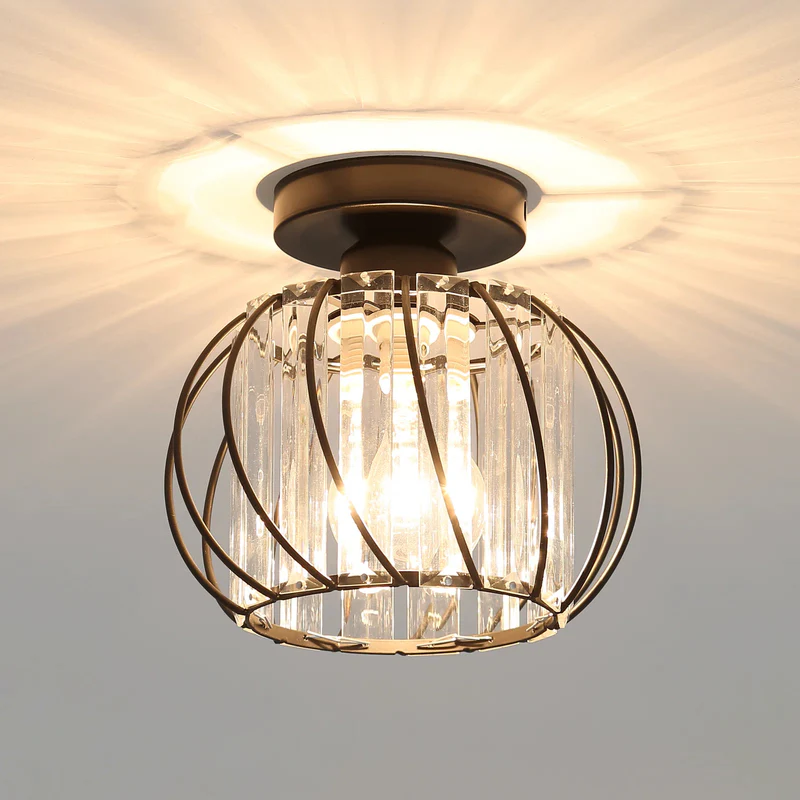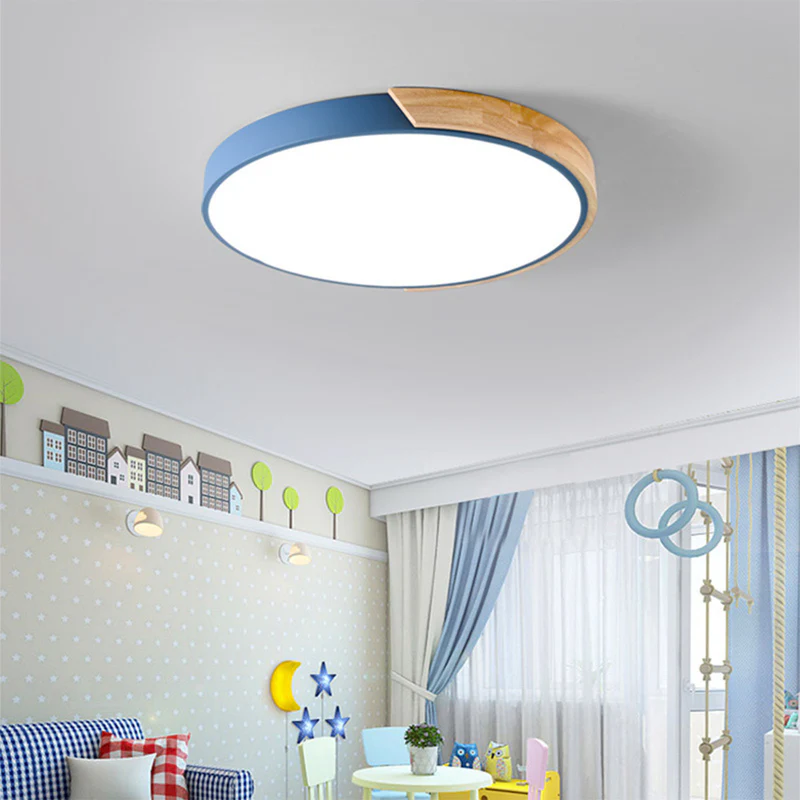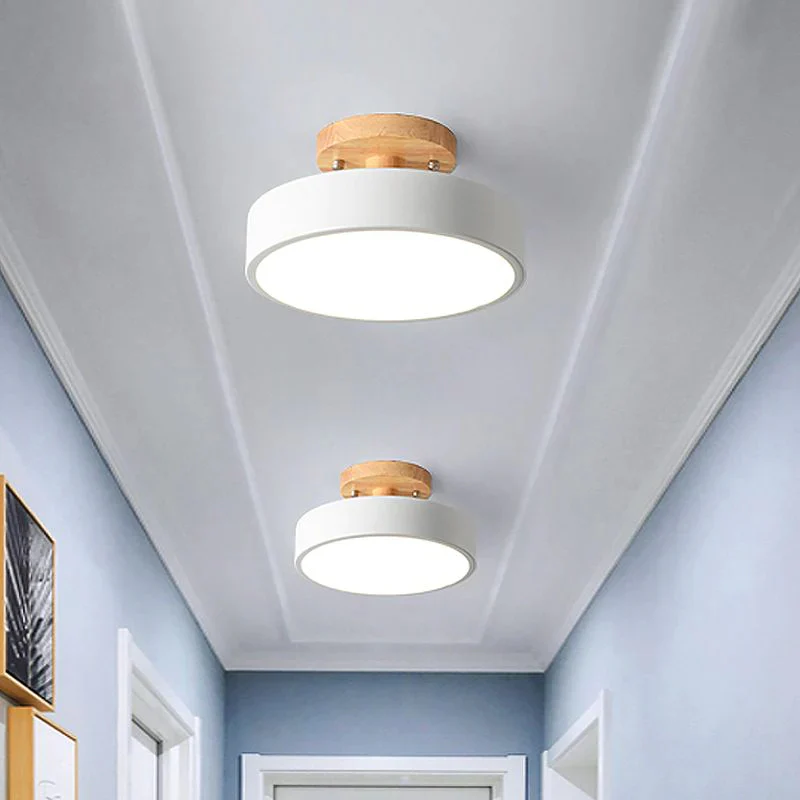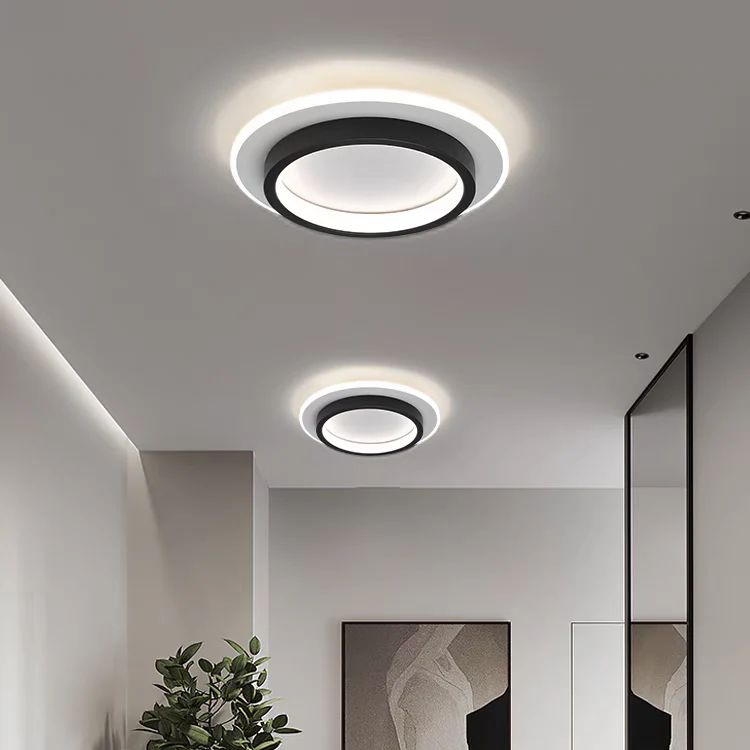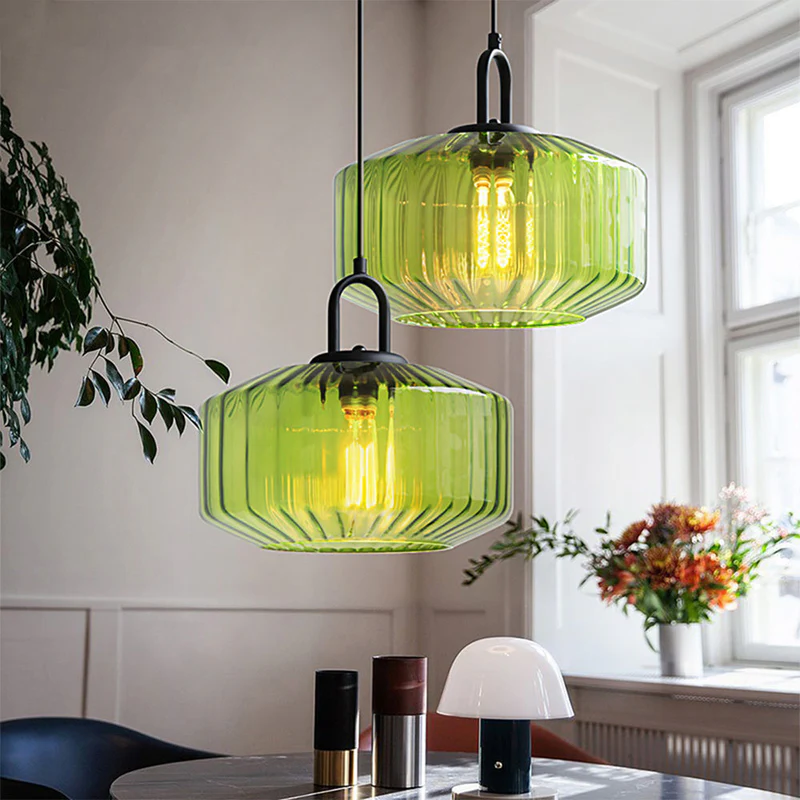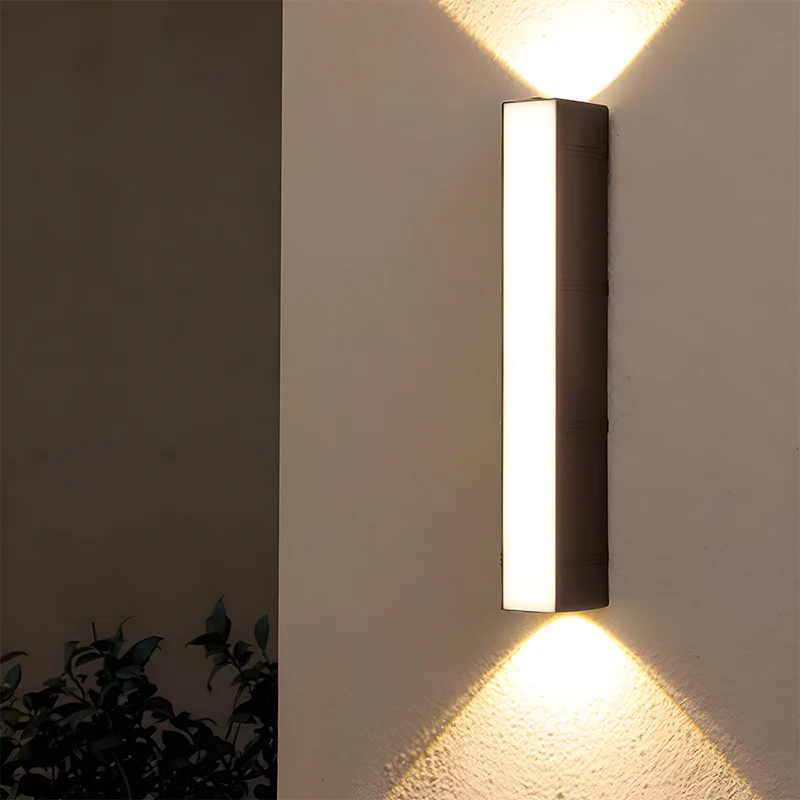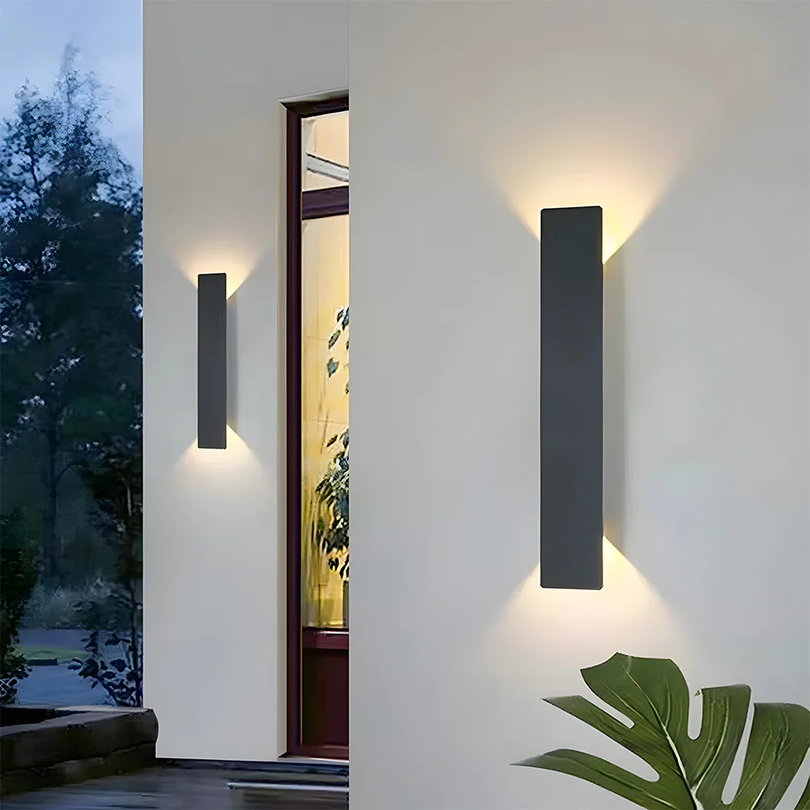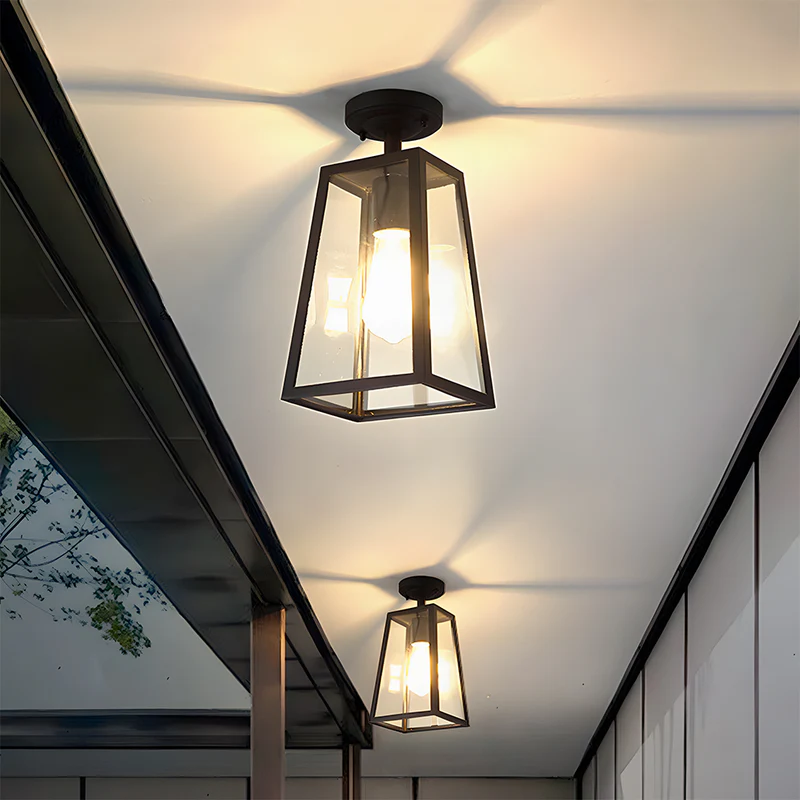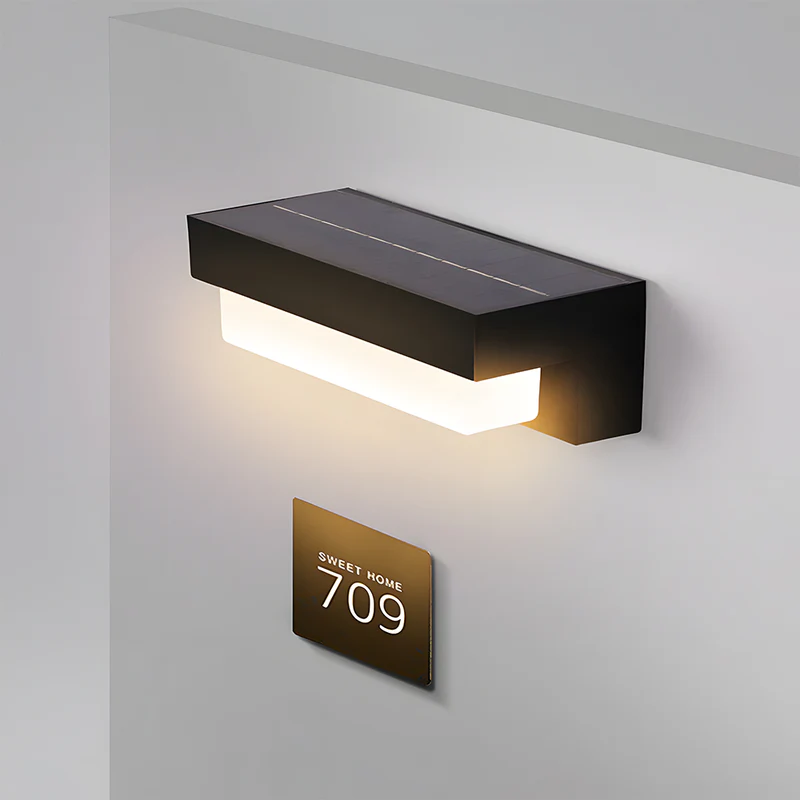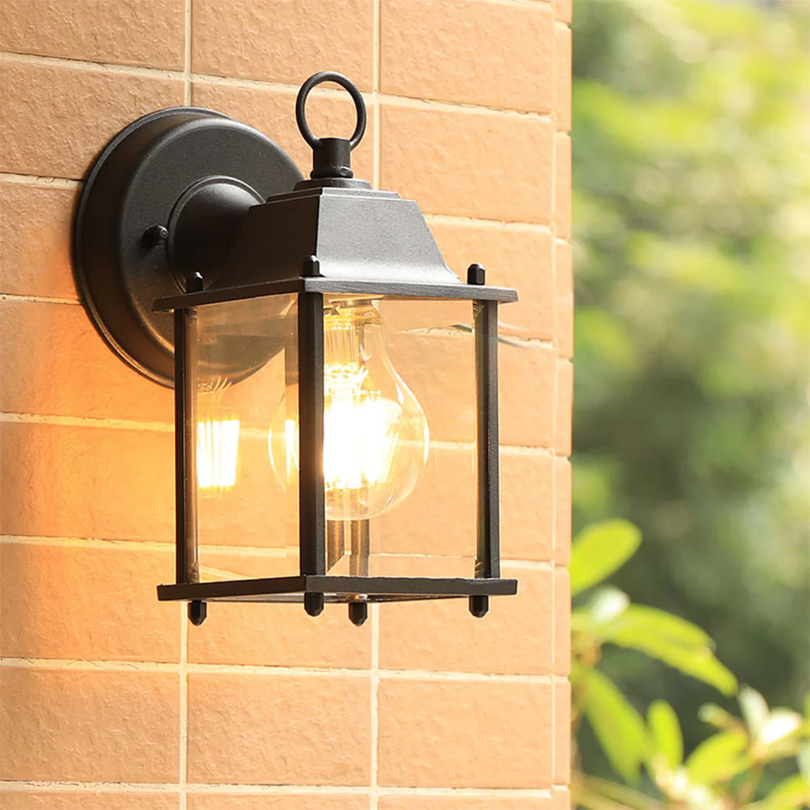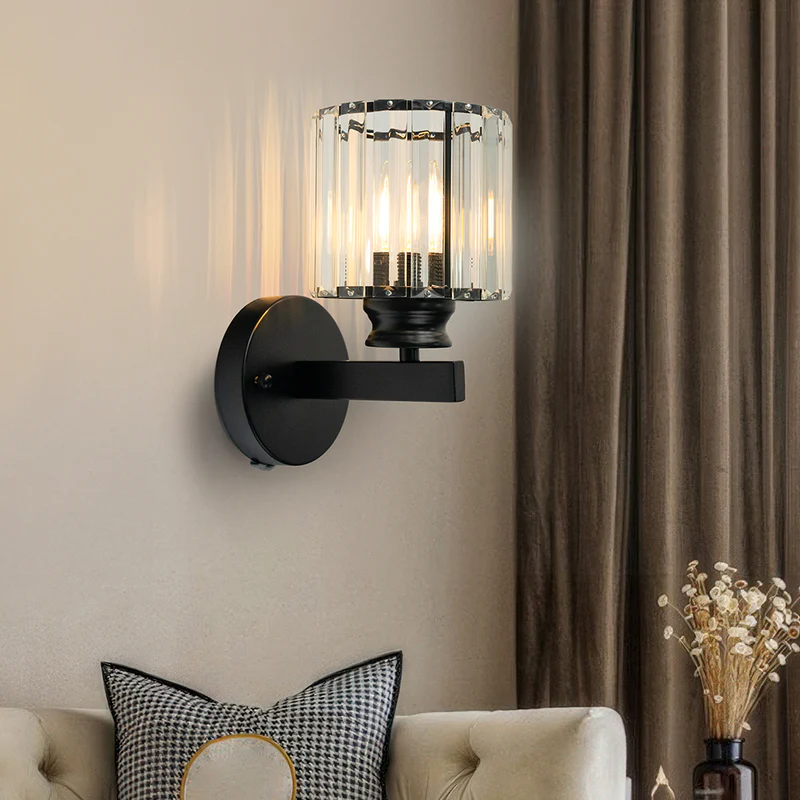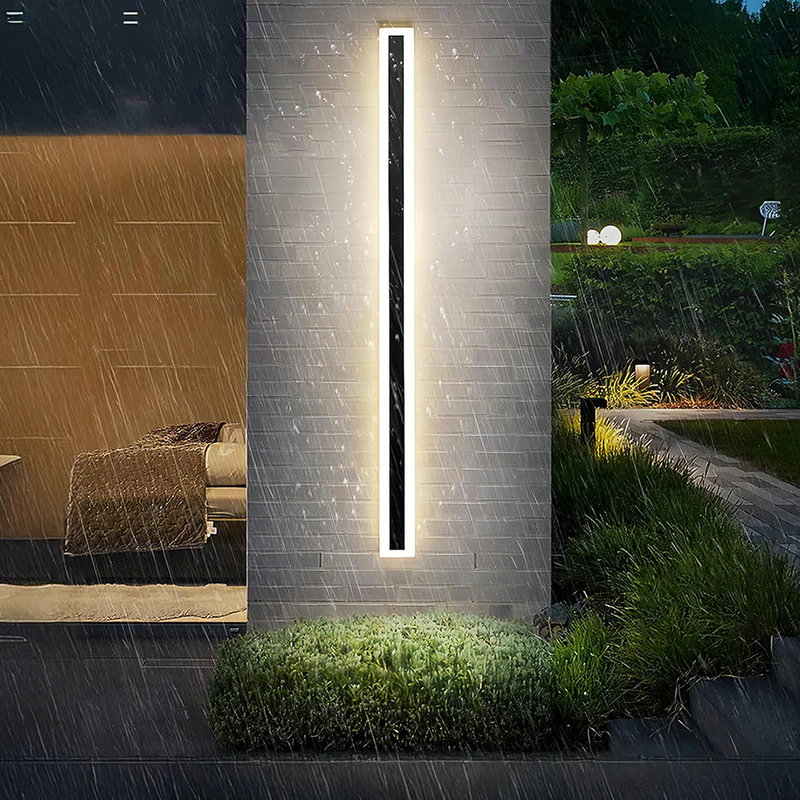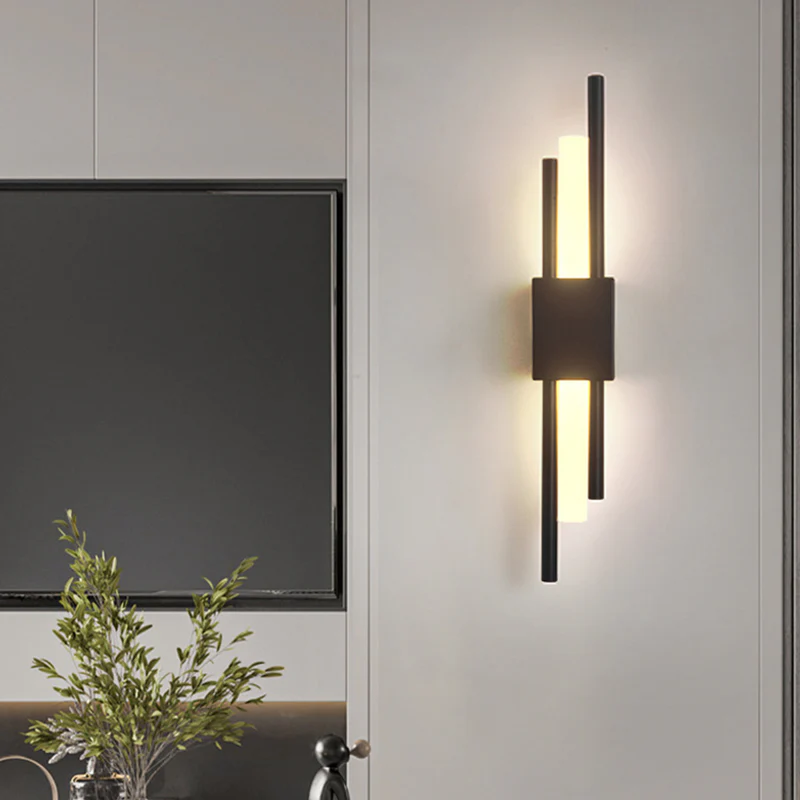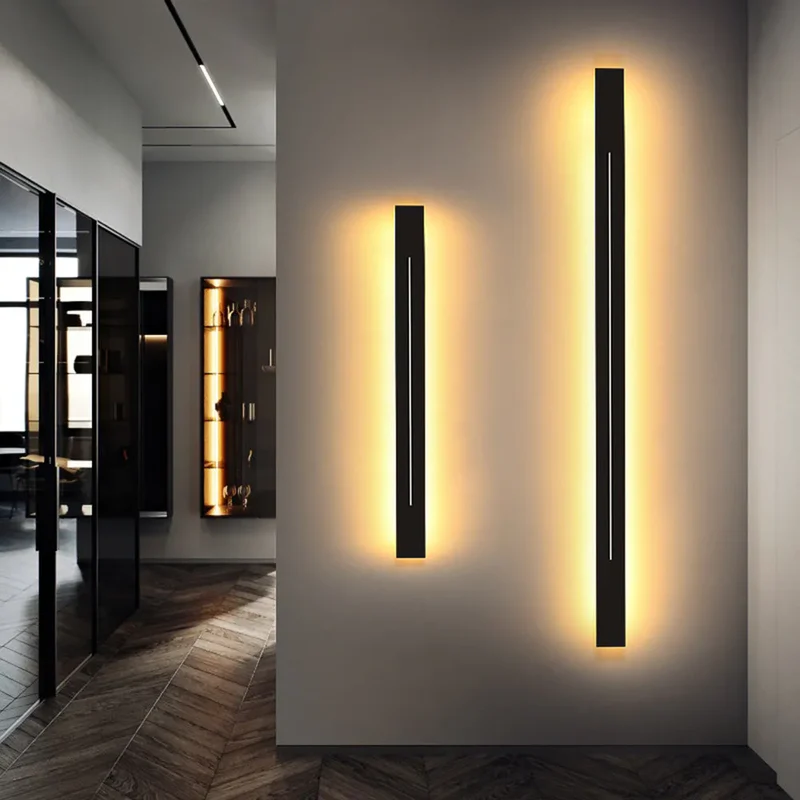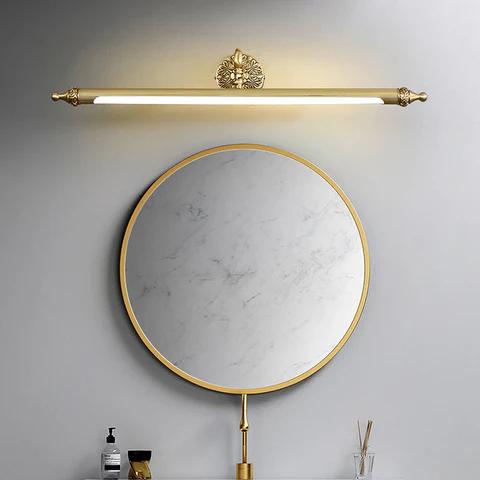Understanding Circadian Lighting
The human body operates on a 24-hour internal clock known as the circadian rhythm, which governs the sleep-wake cycle and a host of biological processes. This rhythm is heavily influenced by light exposure. Natural daylight contains a broad spectrum of colours, and its intensity and temperature shift throughout the day.
Morning light (rich in blue wavelengths, 5000K–6500K) promotes alertness, focus, and energy.
Evening light (warmer tones around 2700K–3000K) supports relaxation and melatonin production, a hormone essential for sleep.
A 2020 study from the Lighting Research Center found that blue-enriched morning light improves cognitive performance and mood by up to 15% compared to neutral white light. Conversely, exposure to cool light in the evening can disrupt sleep patterns and decrease melatonin levels by up to 50%.
To support circadian health, consider using tunable LED fixtures or smart bulbs that allow you to adjust colour temperature throughout the day. These fixtures mimic the sun’s natural rhythm and are ideal for home offices, kitchens, and bedrooms.
💡Tip: Use brighter, cooler lighting (4000K–5000K) in the morning and early afternoon, then switch to warmer tones (2700K–3000K) after sunset.
The Psychology of Soft Hues
Lighting doesn't just affect our physical health—it plays a vital role in mental and emotional wellbeing. The hue, brightness, and spread of light all influence how a space feels.
Warm tones (like soft white and amber) evoke comfort and tranquillity, while cooler tones can feel energising but may become harsh if overused in relaxation zones. According to a study by the University of Manchester, warm, low-intensity lighting can reduce brain stimulation and promote feelings of calm. Participants exposed to dim amber light before bed fell asleep 30% faster than those exposed to standard lighting.
Lighting fixtures that use frosted glass, linen shades, or natural materials like rattan help diffuse light, creating a gentle glow that reduces glare and enhances serenity. These features are especially valuable in bedrooms, living rooms, or meditation spaces.
Bedroom Lighting: A Sanctuary of Rest
The bedroom should be a peaceful retreat. Lighting in this space needs to balance functionality (for tasks like reading) with relaxation. Overhead fixtures, while necessary, can often feel too intense. Instead, opt for a layered approach:
Bedside wall sconces with dimming features
Low-hanging pendant lights to save surface space
Warm-tone LED strips for behind-the-headboard ambience
Experts from the Journal of Clinical Sleep Medicine suggest that limiting exposure to bright light before bed can significantly improve sleep quality. Their 2022 research indicates that warm lighting (below 3000K) in the hour before sleep increased melatonin production by 21% and reduced sleep latency by 35%.
Improve your mood with
Lighting is far more than a practical necessity. It has the power to shape mood, support natural biological rhythms, and create spaces that nurture well-being. By choosing fixtures that align with circadian health, using soft and warm hues, and layering light thoughtfully, you can transform any room into a haven of comfort and balance.
As the science of lighting continues to evolve, the future looks bright—and wellness-oriented. Whether you're redesigning your bedroom or simply replacing a desk lamp, making intentional lighting choices is a step towards a healthier, happier home.

